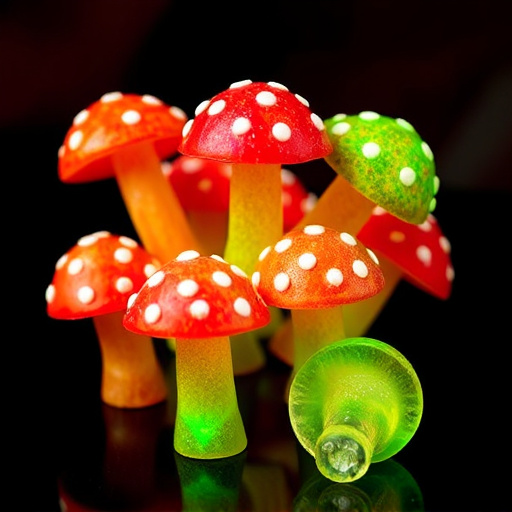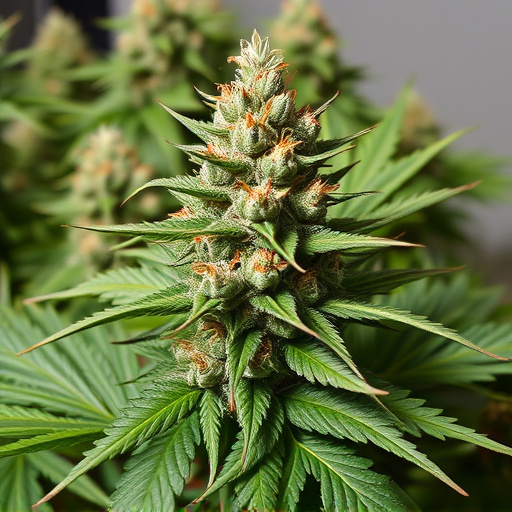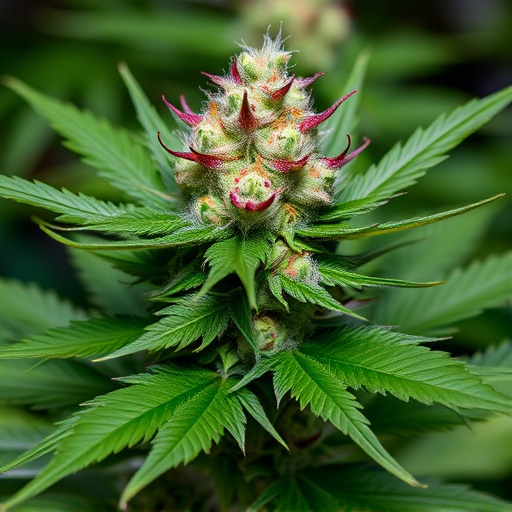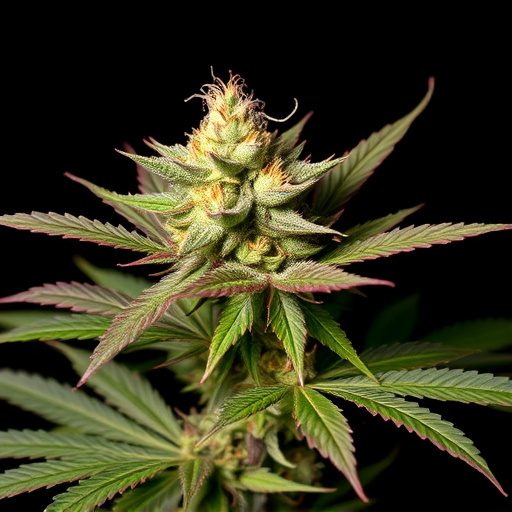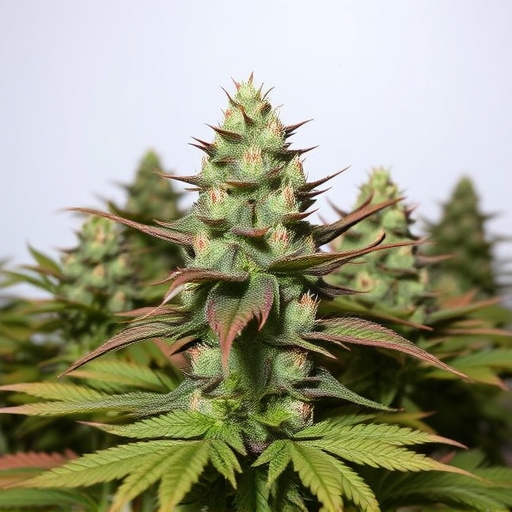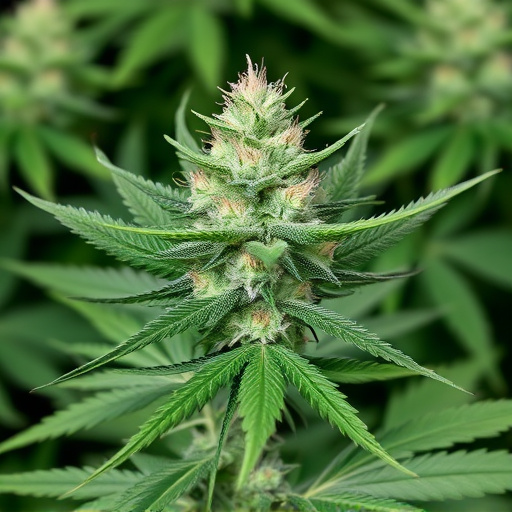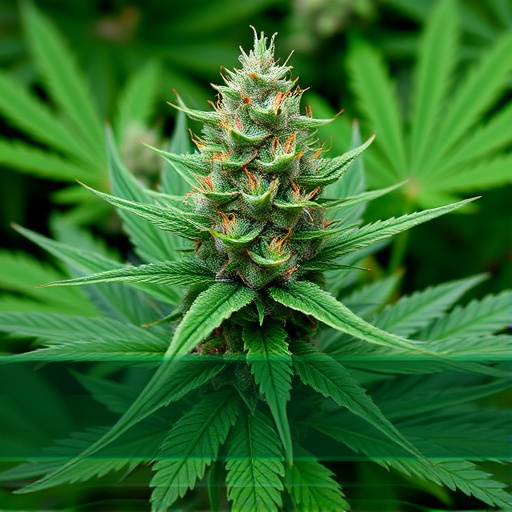Cannabis metabolism varies greatly among individuals, with THC primarily broken down in the liver into less potent byproducts like THC-COOH, whose elimination half-life determines how long (from days to weeks) cannabis remains detectable. Factors like metabolism, body weight, and frequency/potency of use significantly impact this duration, with strongest cannabis strains prolonging it. Detox methods include water intake, dietary changes, and herbal supplements, but their effectiveness is debated; natural clearance can take up to 30 days.
Discover how long cannabis remains detectable in your system, from understanding metabolism to factors influencing elimination time. This guide explores the science behind cannabis breakdown, covering everything from the fastest-acting strains to the longest-lasting effects. Learn about proven detoxification methods and optimal timelines for clearing cannabinoids, ensuring you stay informed on maintaining a clean drug test result.
- Understanding Cannabis Metabolism and Elimination
- Factors Influencing Cannabinoid Detection Time
- Detoxification Methods and Timeframes for Cannabis Use
Understanding Cannabis Metabolism and Elimination

Cannabis metabolism and elimination are complex processes that vary from person to person. When consumed, whether through smoking, vaping, or edibles, cannabis compounds enter the bloodstream through the lungs or gastrointestinal tract. Once in the blood, they are transported to various organs, primarily the liver, where they undergo metabolism. The liver breaks down THC (tetrahydrocannabinol), the primary psychoactive compound responsible for the “high” associated with cannabis, into 11-hydroxy-THC and then further metabolizes it into 11-nor-9-carboxy-THC (THC-COOH), which is less potent but longer-lasting.
The elimination half-life of THC-COOH, a major metabolic byproduct, determines how long cannabis remains detectable in the body. Studies suggest that while THC itself has a relatively short half-life of 1-3 hours, THC-COOH can persist for days or even weeks, especially in individuals who frequently consume high-potency strains, such as those among the strongest cannabis strains available today. Factors like metabolism, body weight, and frequency of use significantly influence how long cannabis byproducts remain present in the system.
Factors Influencing Cannabinoid Detection Time
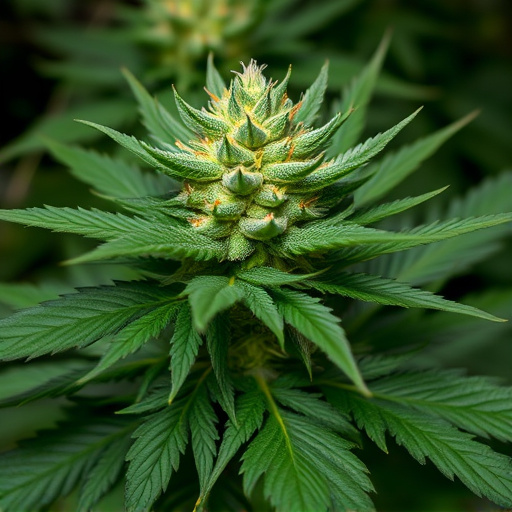
Several factors influence how long cannabinoids, like THC (the primary psychoactive compound in cannabis), remain detectable in your system. One significant factor is the strength of the cannabis strain. The higher the THC content—a characteristic common in strongest cannabis strains—the longer it may take for your body to metabolize and eliminate it.
Other variables include frequency of use, amount consumed, metabolism, and individual factors such as age, weight, and overall health. Regular users may experience shorter detection times due to built-up tolerance, while occasional users or those with slower metabolisms could have longer retention periods.
Detoxification Methods and Timeframes for Cannabis Use
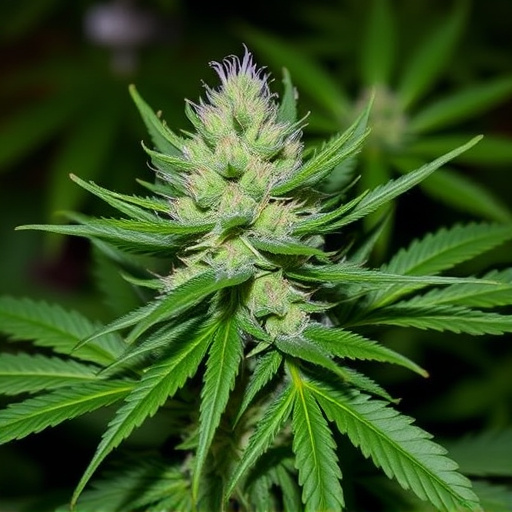
Detoxifying your system after cannabis use involves several methods, and the timeframe can vary greatly based on factors like frequency of use, metabolism, and the potency of the strongest cannabis strains. One common approach is to allow time for the active compounds to metabolize naturally. Cannabis metabolites remain in your body for extended periods, with THC (the primary psychoactive compound) typically detectable in urine for up to 30 days after consumption.
However, there are also specialized detoxification programs that utilize techniques like increased water intake, specific dietary changes, and even herbal supplements claimed to accelerate the process. These methods often focus on promoting kidney function and liver health, as these organs play a significant role in eliminating cannabis metabolites. The effectiveness of these detox strategies is still under debate, especially given the varying levels of scientific research and individual responses.
Cannabis metabolism and elimination are complex processes influenced by various factors, including the individual’s biology, frequency of use, and consumption method. While it’s known that the detection time of cannabinoids in the body can vary significantly, understanding these factors is crucial for those aiming to reduce cannabis strain residue in their system. By employing effective detoxification methods and being mindful of personal habits, individuals can manage the duration cannabis remains detectable. Remember, whether you’re interested in enjoying the strongest cannabis strains or adhering to legal requirements, knowledge about metabolism and elimination is key to navigating the timeline of cannabis use responsibly.
